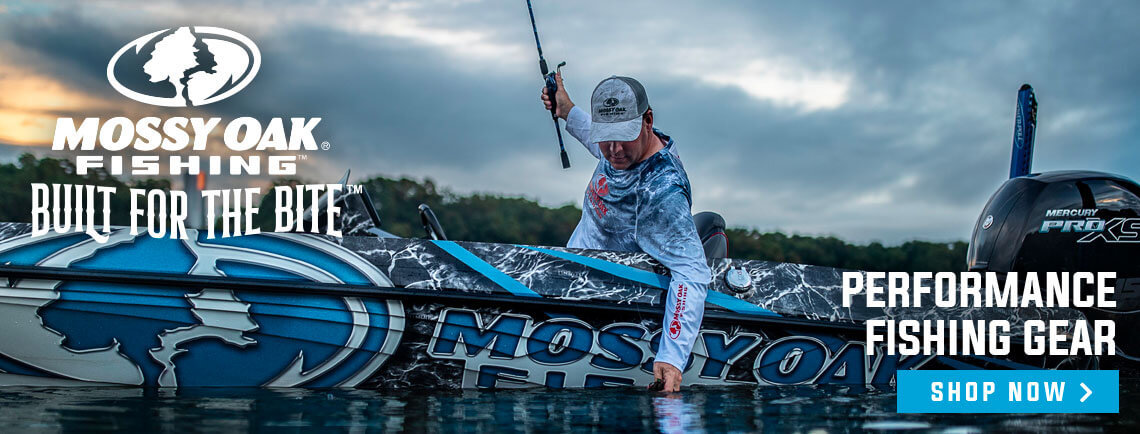Phillip Gentry
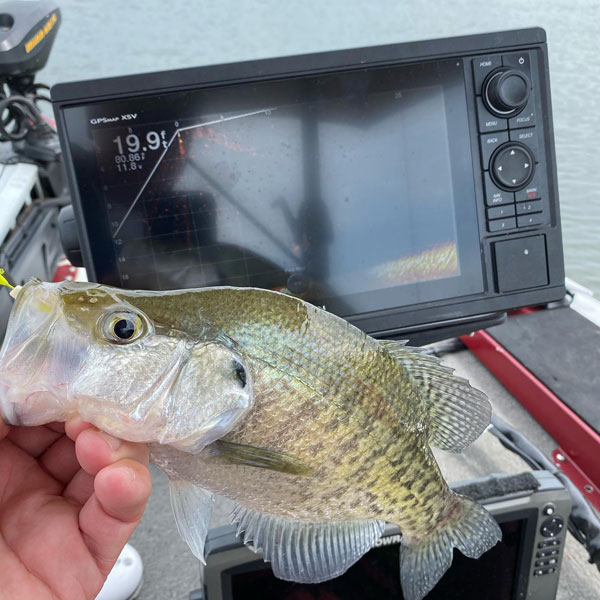
While it has taken a couple of years for real time/forward facing (RT/FF) sonar to become widely embraced by the general fishing public, crappie anglers were some of the first to recognize the benefits of the new technology.
In the beginning, Garmin Panoptix led other manufacturers in getting their product to the market, however, Lowrance’s Live Sight, and Humminbird’s Mega 360 Imaging have now entered the market and are garnering their fair share of recognition.
Watch: How to Find and Catch Deep Water Crappie
Regardless of whose system you are using, there are several key factors to remember and put into practice in order to increase your crappie fishing success. Let’s take a look at a few tips:
Know What You Are Looking At
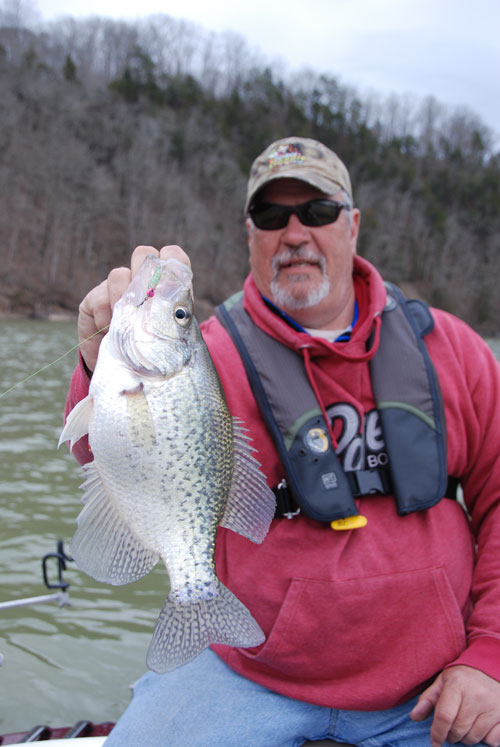
Hands down, most veteran anglers will point to learning how to identify what is and what isn’t a crappie when learning to use RT/FF sonar.
Despite the claims of high-density image resolution, many fish look like one another in the water. One of the best ways to differentiate a crappie from a bass on real time sonar is to pay close attention to how a fish acts rather than precisely what it looks like. Crappie are known to be schooling fish but sometimes those schools can be densely packed and at other times not so much, particularly with larger specimens.
Crappie don’t move around as much as many anglers believe and can most often be found in that characteristic, slightly upward tilted pose, often relating to structure. Also remember that when species intermingle on a stake bed, brush pile, or other structure, crappie tend to hover rather than swim around in tight circles.
Adjust Your Controls
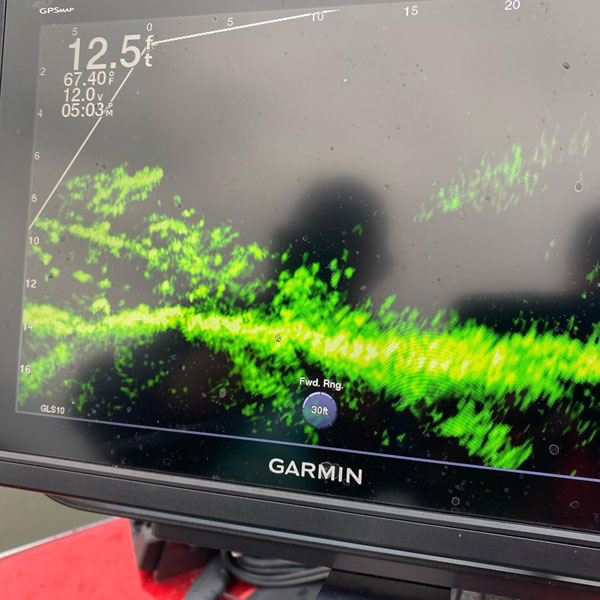
While no sonar unit worth having is truly automatic, RT/FF sonar is not as complicated as you may think, but does require some individual adjustment for each fishing situation encountered.
For Garmin units, this means making tweaks and adjustments to the Range, Gain, Noise Rejection, TVG, and Color Gain.
While no one single configuration works in every situation, some settings build on others so spending some time with the unit on the water in real fishing situations is crucial.
The same can be said for the sensitivity, noise rejection, and palate color with the Lowrance units as well as the sensitivity, contrast, and dynamic contrast for the Humminbird units.
Is Your Lake Suitable for Crappie
Transducer Placement
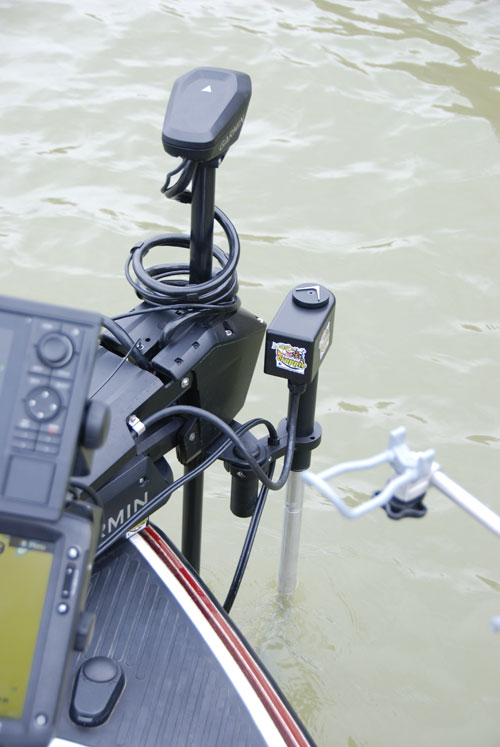
When mounting the various transducers for RT/FF, two popular options are on the trolling motor shaft or on a stand-alone mount. Aftermarket products are available to mount the RT/FF transducer in a location other than the trolling motor. Some of these mounts are hand controlled while others are remote or foot controlled.
Transducer placement, in crappie fishing applications, in a location other than the trolling motor is to allow the angler to provide proper boat control without changing the direction the transducer cone is facing. In windy conditions, anglers who are trying to focus on fish on structure lose that picture when they need to move the trolling motor heading to combat the wind.
Placement of the transducer on the trolling motor shaft is of benefit when targeting open water fish, which tend to move more, and it’s easier to pursue that fish if the transducer heading and the trolling motor heading are the same.
Tackle Choice
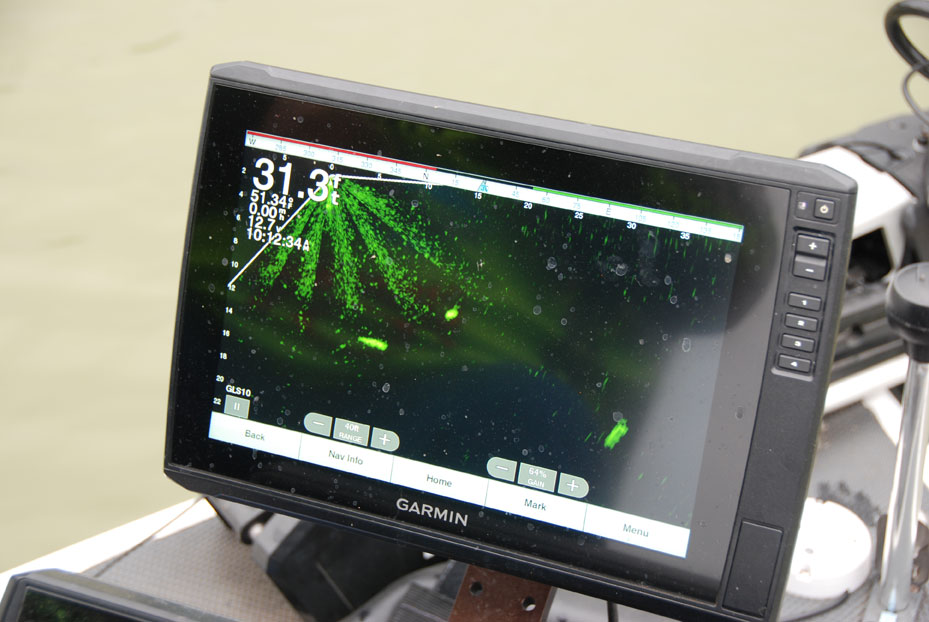
Since the majority of baits used to target crappie are artificial crappie jigs, crappie anglers are keen on having sonar settings, transducer placement and even bait and tackle choices that show up the best on the sonar screen.
Either casting the bait or placing the bait with a jig pole are two popular bait presentations when crappie fishing, depending on which is more comfortable to the angler in allowing him to find and keep the bait in the transducer cone to see the fish’s reaction to the bait.
Some anglers believe braided line shows up better on the screen than monofilament line because of the line’s density. Another popular tactic is to add a split shot, egg weight, or additional jig to the line to get the bait down to the fish quicker, allow better control of the bait during the presentation, and see the bait.
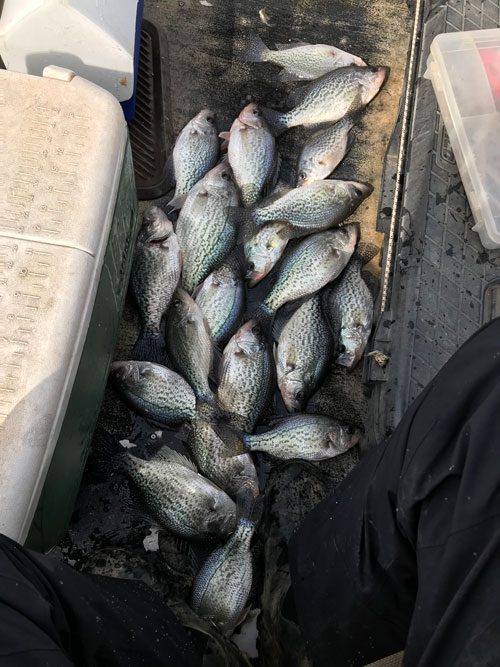
Most times, crappie will exhibit a distinct preference between bait profiles, shapes, speed, and actions. This will be readily viewable on the screen. Pay attention to the fish’s reaction to the bait and make adjustments. Veteran anglers have learned to have multiple baits rigged on different rods, aka bass angler style, so they can offer fish multiple bait choices in short order.

